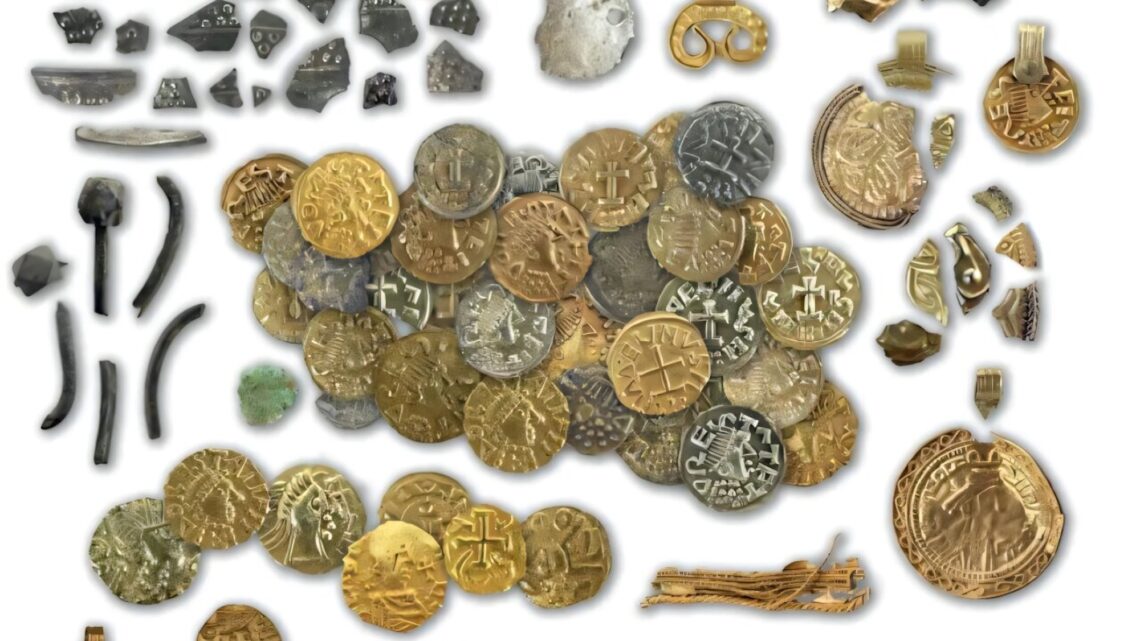An early medieval archeological site in the eastern Netherlands likely hosted cult rituals involving the “devil’s money.” But while the ruins indicate a local belief system based on pre-Christian deities, the age of the find suggests a seismic cultural shift. The cultists may have been some of the region’s first people to convert to the new faith.
Knowledge about early medieval societies across the Germanic-Nordic world varies greatly by region. In some locations, well-excavated sites offer archeologists detailed looks at the cultic belief systems that existed before Christian missionaries first arrived in the 7th and 8th centuries. In others places like the Netherlands, however, knowledge of spiritual life before this religious shift remains more nebulous. These beliefs also weren’t universal, so the pantheon of early medieval Germany didn’t necessarily look exactly the same in the Netherlands.
Learning details from this era often comes from archeological finds—even those that may initially seem relatively minor. Back in 2019, for example, a group of metal detector enthusiasts discovered multiple ancient coins in a field in the eastern Netherlands. These artifacts quickly drew interest from researchers, who soon traveled to the area to begin work. Over the next two years, a team including Netherlands Cultural Heritage Agency archeologist Jan-Willem de Kort excavated portions of a complex they later named after the nearby hamlet, Hezengin. Their results, published in the journal Medieval Archeology, reveal a pre-Christian society on the verge of a potentially seismic cultural shift.
But according to de Kort, the researchers were operating under a deadline—local land management plans called for disrupting and possibly destroying any remaining, hidden archeological finds.
“The research was also born out of necessity, as the site was threatened by nature development,” de Kort said in an accompanying statement on Tuesday….
Read the full article here





